Women’s economic empowerment thru financial inclusion: Myth or reality?
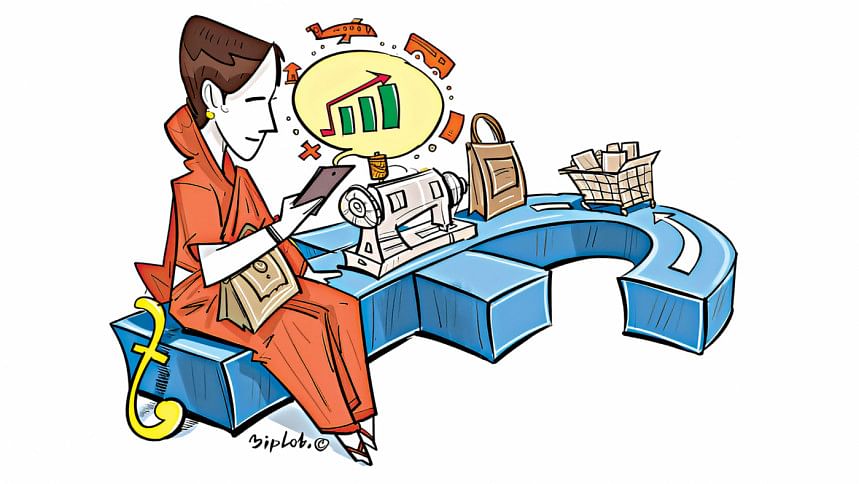
Women share over half of the population in Bangladesh. The BBS's Bangladesh labor force survey, 2022 mentions that the female labor force is only 42.6% in Bangladesh, as against 79.7% of male labor. Again, according to the Gender Statistics of Bangladesh 2018, female labor force participation was only 36.3% in 2016-17. Among them, 8.2% were active in the formal sector which is 17.9% in the case of males. Besides women's lower participation in economic activity, their daily wage rate was also lower compared to their male counterparts. Even after taking many initiatives from the government, women still have lower economic, social, and political opportunities. This situation leads them to many risks, such as poverty, violence, exploitation, and disaster.
Financial inclusion is considered an incremental strategy to overcome poverty that offers complementary solutions to promote inclusive development. Through financial inclusion, the unbanked population is brought into the formal system so that they can access financial services like savings, credit, payment, transfer, and insurance. However, the gender gap in financial inclusion in Bangladesh has grown from 9 percentage points in 2014 to 29 percentage points in 2017, which recently has been showing a decreasing trend of 19 percentage points, due to the positive growth of mobile financial services (MFS). Another study has revealed that while two-thirds of men have an account with a financial institution, the percentage is less than half for women. Moreover, the vast majority of females who do have bank accounts use them less frequently than their male counterparts and many who maintain MFS accounts do not enjoy a full range of available financial services.

To ensure inclusive, sustainable economic growth and to bring all adult individuals and small businesses into a 'financial ecosystem,' it is crucial to minimize the persistent gender gap in various forms.
In Bangladesh, mobile phones remain the primary way that people get access to the internet, which is vital to enjoying the facilities of digital financial service (DFS). However, access to mobile phones, mobile coverage, and the internet remains a critical barrier to digital services and is a particular obstacle for women. GSMA 2023 report mentions that in Bangladesh, only 67% of women own a mobile phone compared to 84% of men, and that quotes a 20% gender gap in mobile ownership. From a gender point of view, the role of technology, especially in using MFS/DFS, also raises concerns about the digital divide. To ensure inclusive, sustainable economic growth and to bring all adult individuals and small businesses into a 'financial ecosystem,' it is crucial to minimize the persistent gender gap in various forms.
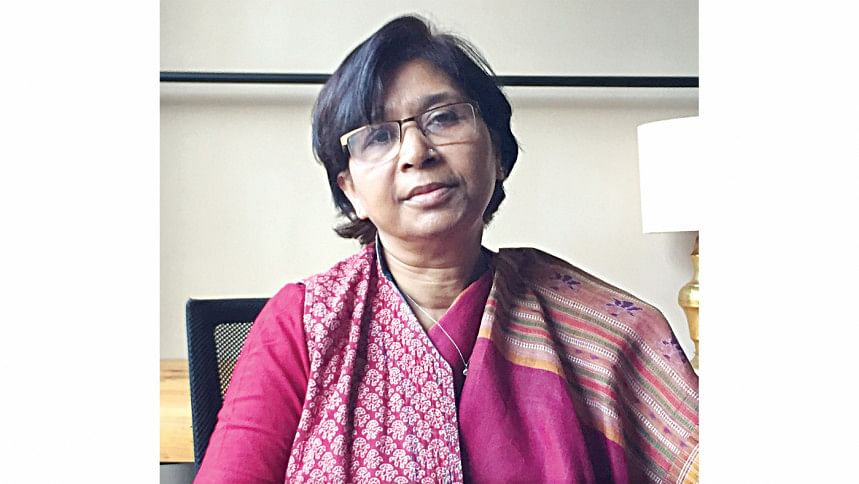
In recent years, many initiatives have been taken both by the public and private sectors to improve the situation. There is a long list of those programs that directly or indirectly help women get the benefits of digitization and access to finance. This list may include; a) policy supports to bring financial services nearer to the clients through, microfinance, Agent banking system, and MFS, b) programs for digitization of G2P (Government to Person) payment for SSN (Social SafetyNet) beneficiaries, c) introduction of E-KYC (digital system to open a bank account), d) modification of SME policies by emphasizing women entrepreneurs, e) establishment of Union Digital Centre (UDC) to provide easy access to various government services including finance, f) digitalization of microfinance, g) wage digitization, h) initiatives to improve financial and digital literacy of women, i) policy support to open a digital bank in the country, etc. These steps are important for Bangladesh's journey towards sustainable financial inclusion through digitization and innovation. Now, the question is how can we move forward to reduce existing gender gaps in various spheres and ensure women's economic empowerment through meaningful financial inclusion?
A few years ago, CGAP identified poverty as the number one reason for not having a financial institution account. If someone is not in the labor force and doesn't have any source of income then what she will be doing with an account? Getting little money via G2P payment under Social SafetyNet, or receiving remittance via an account certainly helps them to enter the financial market, but it is not sufficient to ensure their economic empowerment. A woman can be an active user of an account if she has her income or assets under control. Not only her effective ownership of her mobile phone is essential, but also, establishing her ownership right and control over other assets is crucial to ensure her upward mobility up the socio-economic ladder. Women's restricted mobility and limited security in the public sphere also hinder their active participation in the financial market and business. These markets are very much dominated by patriarchal values.
If we look at the women entrepreneurs in Bangladesh, we see that most of them are in a very backward position in business compared to their male counterparts. They are either involved in small informal retail businesses or engaged in household-based businesses as unpaid laborers or both. Many of them don't have any business license, or any such assets to offer as collateral, and have limited financial and digital literacy. Therefore, they have no access to bank credit, many of them are locked in microcredit for years after years and they don't grow as anticipated. They should be brought out from this trap of low investment and low-income, and always remain small and informal.
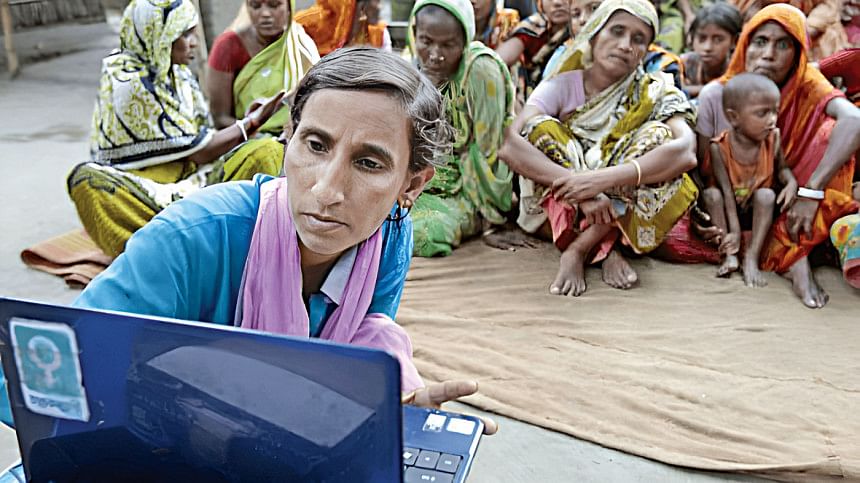
During the 90s, 'microcredit' was a hype. It evolved as one of the most important policy and program interventions to reach the poor, especially women, from the perspective of development and finance. That is currently showing downward trends and has been replaced by the word 'MFS/DFS'. Now, 'MFS/DFS' is considered a magic tool to bring women under a formal financial system from the perspective of financial inclusion. However, we need to remember that an MFS account ownership can ensure very basic or entry-level financial inclusion till now and MFS is not the only DFS. So, we need to consider DFS from a broader perspective. Moreover, policy planning should be there to link women with the wider financial market, so that they can reap the full benefits of financial inclusion and achieve economic empowerment. But, there is no such clear strategic plan yet in the National Financial Inclusion Strategy Paper (Goal# 5) circulated by the government in 2022. Not only that, there is no comprehensive gender-disaggregated financial data available anywhere.
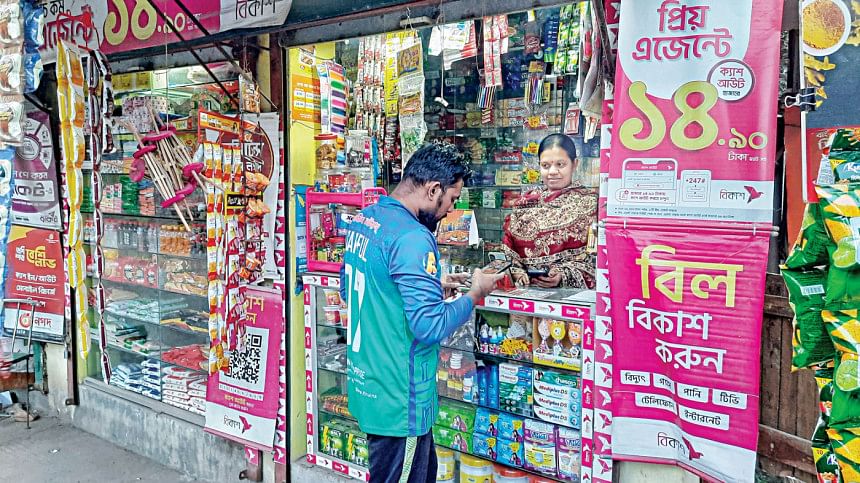
Bangladesh Bank (BB) is the most influential financial sector regulator in Bangladesh, the Microcredit Regulatory Authority (MRA) is considered as another important regulator from the perspective of financial inclusion. These two regulators make policies, supervise and monitor the financial service providers such as banks, MFS providers, and microfinance institutions (MFIs) so that people get easy and affordable access to finance. In recent years, technology has been playing a vital role in bringing financial services closer to its clients at low cost. The Ministry of Post, telecommunication, and ICT is another policy maker that provides policy support to promote technology. Digital financial inclusion combines both technology and financial services, so it demands policy attention and coordination from both sides. Considering these, policymakers, from both the standpoints of technology and regulation have the following main roles to make the financial market more inclusive, especially for women.
a) The regulators need to check whether the current strategies of financial inclusion brought any meaningful improvements in women's livelihood. If that doesn't happen and if only status-quo inclusion is maintained, then it will not be a meaningful financial inclusion. Policy needs to be revised based on reality.
b) In doing so, a comprehensive national database on women's financial inclusion should be in place to understand the gaps and to identify the areas of interventions.
c) Steps need to be taken to reduce the digital divide, protect women from public harassment, and secure women's privacy in the digital environment.
d) Policy and program interventions are needed to build up their capacity in the areas of financial and digital literacy, business skill development, and helping them connect with the broader market (both financial and business).
e) There must be a practice for mandatory gender awareness training programs for all stakeholders involved in the financial sector so that they can take gender-sensitive approach in formulating and implementing financial sector policies, as well as in maintaining gender friendly office environments for women.
f) Policy intervention is needed to upgrade women's economic activities to a high return engagement, instead of limiting them within small business ventures struggling to survive at the periphery or remain as an unpaid labor force in a family business.
g) Finally, policy intervention is also essential from the top to reduce barriers related to gender norms and values, child marriage, unpaid care work etc. that obstruct their potentials to move forward and to gain economic empowerment.

 For all latest news, follow The Daily Star's Google News channel.
For all latest news, follow The Daily Star's Google News channel. 

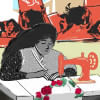
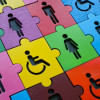


Comments